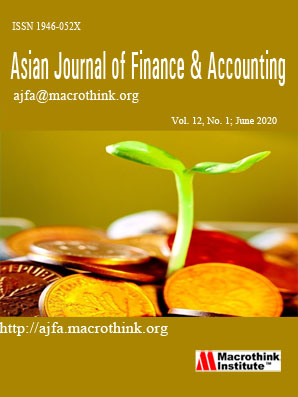Models for Prediction of Industrial Insolvency of Manufacturing Companies in India
Abstract
Investors, activists and corporations across the world are emphasizing on prediction of insolvency well in advance so that corrective actions can be taken and erosion of funds can be prevented. For this purpose, this study attempts to construct models for forecasting industrial sickness and to validate the performance of these models. This paper proposes new models for prediction of industrial sickness or leading bankruptcy using three different techniques i.e. a model using Multi Discriminant Analysis (MDA), a model using MDA + PCA (Principle Component Analysis), and a model using ANN (Artificial Neural Network).This paper focuses to propose prediction models for bankruptcy which contribute more to this impact in emerging economies like India.
The results show that the forecasting ability of the models is higher than the empirical models already available such Altman’s Z score model, Ohlson’s model and model developed by Odom and Sharda to name a few. The prediction accuracy of MDA model is highest among proposed models for prediction of industrial sickness. These results are recommended to financial institutions, banks and executives. This study may also be used for evaluating the repayment behavior of a borrower. These models may be used by the potential investors for screening out undesirable investments. Since the models are of predictive nature, the investors may use it for portfolio selection.
Submission of an article implies that the work described has not been published previously (except in the form of an abstract or as part of a published lecture or academic thesis), that it is not under consideration for publication elsewhere, that its publication is approved by all authors and tacitly or explicitly by the responsible authorities where the work was carried out, and that, if accepted, will not be published elsewhere in the same form, in English or in any other language, without the written consent of the Publisher. The Editors reserve the right to edit or otherwise alter all contributions, but authors will receive proofs for approval before publication.
Copyrights for articles published in MTI journals are retained by the authors, with first publication rights granted to the journal. The journal/publisher is not responsible for subsequent uses of the work. It is the author's responsibility to bring an infringement action if so desired by the author.








